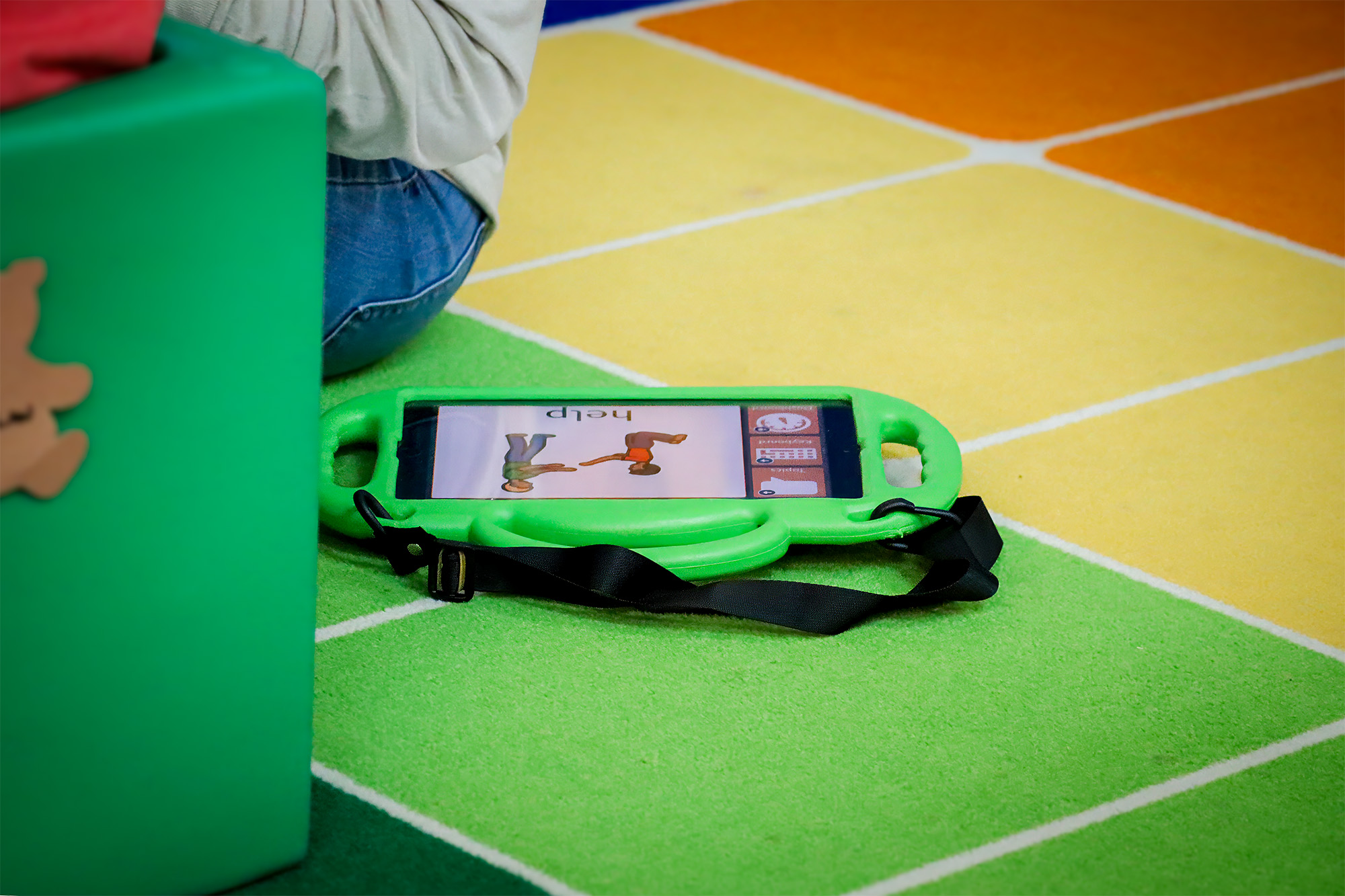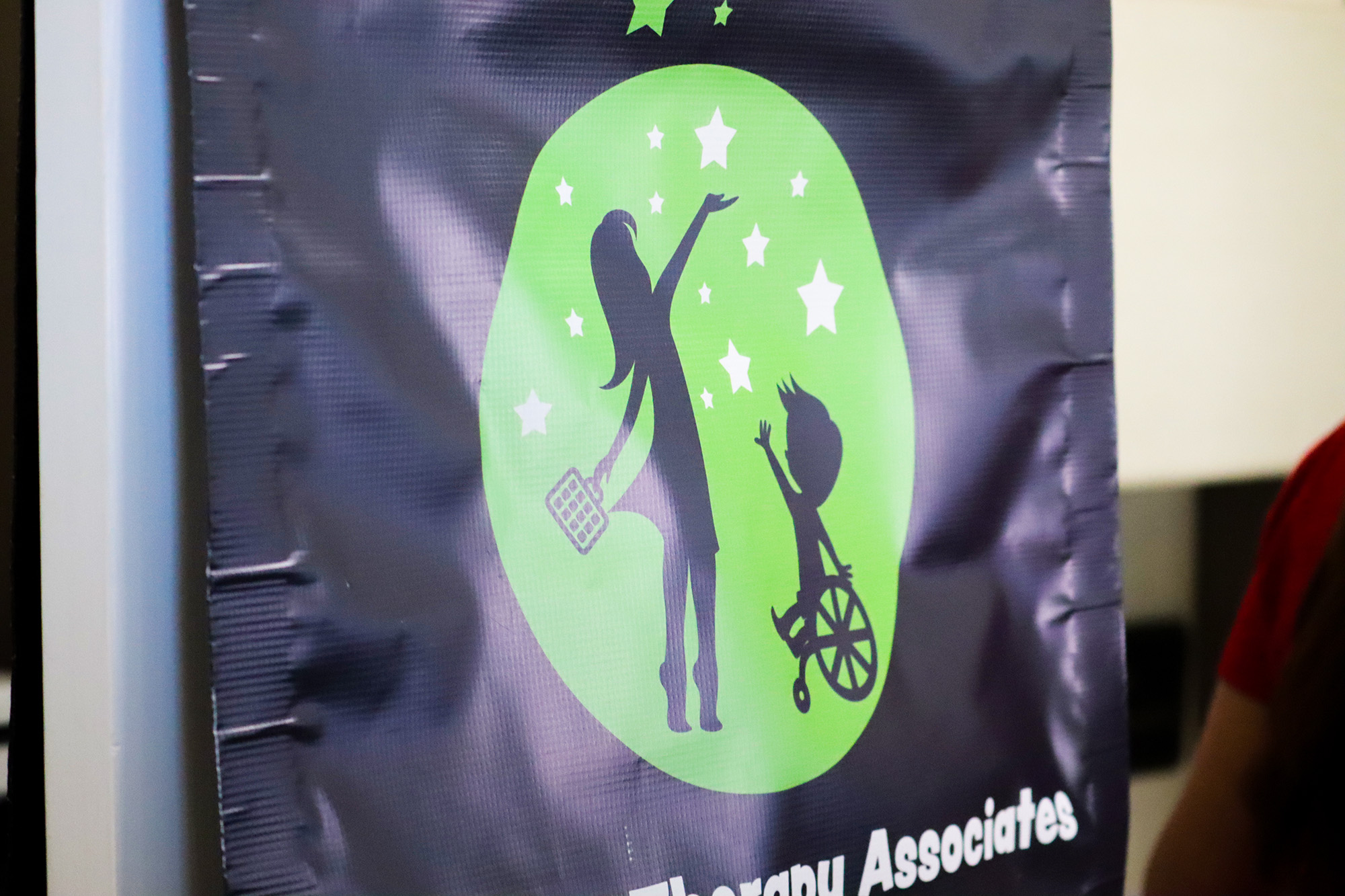Before we can help a student learn to use an AAC system (a communication app or device), we first need to understand how they can best control it. This first step is called access—and it’s all about finding out how the child can physically make choices on the screen or through another method like eye gaze or switches.
Think of it this way: before we teach what to say, we have to make sure the child can press the button to say it.
Step 1: Cause and Effect — “I did that!”
We start with the simplest idea: Does the child understand that their action makes something happen?
For children using their hands, we might open an app where any touch on the screen causes something fun to happen. One of my favorites is Big Bang Patterns because it gives a colorful light show and music every time the screen is touched. When we see a student smile, laugh, or reach again to make it happen—we know they’re starting to understand that powerful connection between action and result: I did that!
Step 2: Finding a Target
Once that “I did that” connection is clear, we move on to finding something specific on the screen. This step helps us see whether the child can focus, look around, and touch one spot on purpose.
A fun way to do this is with the Peeping Musicians app. Little characters peek around the edges of the screen. When the child touches one, the character pops out to play a song. It’s a playful way to see if they can look, aim, and touch purposefully.
Step 3: Making Choices
Next, we see if the child can make a choice between several things. For example, can they pick between two songs or videos by tapping the one they want? At this stage, it’s not about communication yet—it’s about learning that different touches lead to different results.
If a student can make these three steps—cause/effect, targeting, and choice-making—they’re well on their way to using a touch screen for communication. That’s when we begin to shift from “touching the screen makes something happen” to “touching the screen helps me say something.”
What About Students Who Can’t Use Their Hands?
Some students can’t easily touch a screen because of motor or vision differences—but we can still explore the same skills using different access methods.
- Eye Gaze: Some students use their eyes to select things on a screen. This can be surprisingly intuitive! We use fun games available in programs like Grid 3 or Sensory FX on Tobii Dynavox devices, where looking at an image makes it move or play music.
- Switch Access: Other students use a single or dual switch—like a big button they can hit with a hand, head, or knee. They can start with simple cause/effect toys (press the switch, the toy spins!) or move to switch-adapted games on an iPad or communication device. Tools like the Blue2 Bluetooth Switch make this easy to set up.
Why “Access First” Matters
When a student struggles to use an AAC system, it’s easy to assume they’re “not ready to communicate.” But often, the real issue is that the access method doesn’t match their physical or visual needs.
By focusing first on access, we can separate what’s a motor skill challenge from what’s a communication or understanding challenge. That helps teachers, therapists, and families build success step by step—starting with what the student can do.
And once access is clear, we can move toward building intentional communication—helping students say what they want, when they want, in a way that works for them.

















